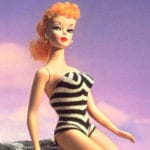 Weird Stuff
Weird Stuff  Weird Stuff
Weird Stuff  Mysteries
Mysteries 10 Tragic Disappearances and Deaths in Joshua Tree National Park
 History
History 10 Ways Childhood Really Sucked in the Old West
 Music
Music 10 Name Origins of Famous Bands from the 1990s
 Religion
Religion 10 Biggest Turnarounds by the Catholic Church
 Weird Stuff
Weird Stuff 10 Unbelievable Times Laws Had Unintended Consequences
 Humans
Humans Ten Historic Women Who Deserve Way More Credit Than They Got
 Movies and TV
Movies and TV 10 Films That Spawned Major Lawsuits
 History
History Ten Times Towns Were Wiped Off the Face of the Earth
 Creepy
Creepy 10 of the Most Disturbingly Haunted Public Houses in the UK
 Weird Stuff
Weird Stuff 10 Niche Subcultures That Are More Popular Than You Might Think
 Mysteries
Mysteries 10 Tragic Disappearances and Deaths in Joshua Tree National Park
 History
History 10 Ways Childhood Really Sucked in the Old West
Who's Behind Listverse?

Jamie Frater
Head Editor
Jamie founded Listverse due to an insatiable desire to share fascinating, obscure, and bizarre facts. He has been a guest speaker on numerous national radio and television stations and is a five time published author.
More About Us Music
Music 10 Name Origins of Famous Bands from the 1990s
 Religion
Religion 10 Biggest Turnarounds by the Catholic Church
 Weird Stuff
Weird Stuff 10 Unbelievable Times Laws Had Unintended Consequences
 Humans
Humans Ten Historic Women Who Deserve Way More Credit Than They Got
 Movies and TV
Movies and TV 10 Films That Spawned Major Lawsuits
 History
History Ten Times Towns Were Wiped Off the Face of the Earth
 Creepy
Creepy 10 of the Most Disturbingly Haunted Public Houses in the UK
10 Famous Disasters That Created Iconic Pieces Of Pop Culture
They say that every cloud has a silver lining. When those clouds are as dark as world wars or genocide, the silver doesn’t shine as bright. But it’s still there. The tragedy of these events is real, but at least something good came out of them.
10 M&M’S Exist Due To Two Different Wars
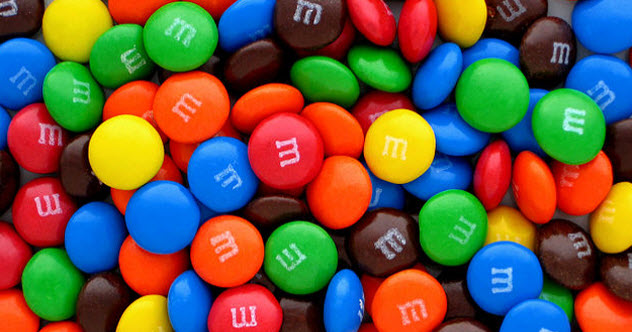
Forrest Mars Sr. had a fight with his dad, so he decided to go move to Europe. Unfortunately, he picked Europe in the early 1930s. While stopping in Spain, he ran into soldiers during their civil war. Now the Spanish Civil War is mostly considered a prequel to the far more disastrous World War II, but it still left half a million people dead and ushered in decades of Fascist rule.
On his visit, Mars saw soldiers eating their rations. Able to withstand the heat and easily portable, their candies were encased in hard, sugary shells. Mars decided to market a similar candy in the US for the summer. That is why M&M’S, as their slogan says, “melts in your mouth, not in your hand.”
Mars needed help getting his project off the ground. But due to World War II, there was a ration on chocolate. So he teamed up with Bruce Murrie, the son of Hershey Chocolate Company’s president William Murrie. Hershey had a monopoly on chocolate.
Together, they started selling tubes of the product to US soldiers. After the war was over, the soldiers remained loyal and the candy became a hit. The two partners, who only met due to World War II, named their product after themselves: M(ars)&M(urrie)’S.
9 Prohibition Created The Cruise Ship Industry
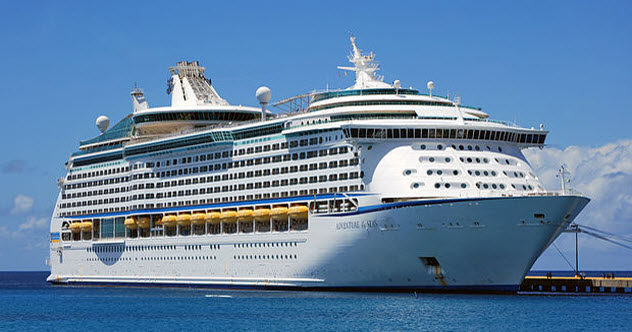
Before the 1920s, people went on cruises only to go somewhere. Cruise ships were a means to get to a destination instead of a vacation in itself. Nowadays, people go on cruises to get drunk and maybe visit some tropical island. That change was caused by Prohibition.
When alcohol became illegal in the US in 1920, people soon discovered a fairly obvious loophole: You could drink in other countries. All boats had to do was sell liquor outside the 5-kilometer (3 mi) territorial limit in international waters. Out at sea, people could drink as much as they wanted.
This started the “cruise to nowhere” phenomenon. For a few hours or a few days, passengers would drink and party nonstop in open waters. Instead of parking in the middle of the ocean, cruise companies started sailing to nearby islands like the Bahamas or Cuba. To the delight of frat bros everywhere, this started the party cruises to the Caribbean industry.
8 The Decimation Of Native American Culture Gave Us Modern Football
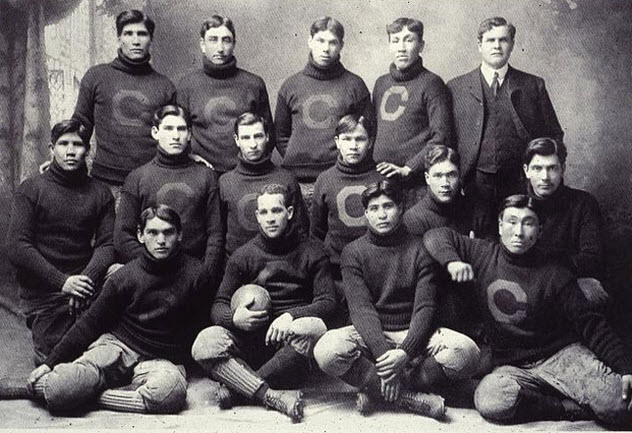
Richard Henry Pratt has two legacies when it comes to racism. He coined the word and created a policy that destroyed Native American cultures across the country. In what is now called a cultural genocide, the federal government started shipping Native Americans to their own boarding schools in the 1870s. The first of these was the Carlisle Indian School in Pennsylvania. The school did not allow Native Americans to speak their common tongues or practice their religions. In fact, over 200 students died there of malnutrition, poor health, or distress from homesickness.
Thinking that exercise might help their health, the school started teaching them the newly formed sport of football. The school put their effort behind football by hiring the coach Glenn “Pop” Warner. Warner’s tactics were so counter to the typical game that they are considered the first trick plays.
To stop Warner, the Ivy League created the modern rule book. By 1905, 19 people had died on the field due to the brute force of contact sports. Schools had already canceled their programs, and there were talks to outlaw the game. To prevent further deaths, the Carlisle Indian School decided to get the ball in the air. Thus, the forward pass and the spiral were born. Both of these innovations opened up the game and are considered to be the reason that football still exists.
7 Coke Became A Soda Due To The Spanish-American War

It only lasted three months and gave us Teddy Roosevelt’s charge up San Juan Hill. It also killed almost 80,000 people from injuries or disease, gave the US access to Guantanamo Bay, and started sectarian violence that destroyed the Philippines for decades (eventually leading to the deaths of over 276,000 people). So “splendid” was a bit of an overstatement. The only thing splendid about the war was that it directly led to Coca-Cola.
Coca-Cola was originally marketed as a medicine. That is why it used to include cocaine. In 1898, the federal government put a tax on all medicine to raise funds for the war. Wanting to avoid the tax, Coke changed the formula and claimed that it was a beverage.
This new marketing approach is considered to be the reason why you can still buy Coke at the grocery store. In the 1910s, the health risks of cocaine were becoming more obvious. Cocaine-based medicine faced major backlash and was obsolete by the 1920s. The tax made Coke into a soda and ensured its continual reign.
6 The JFK Assassination Indirectly Led To Rock-And-Roll Movie Sound Tracks
Paul Simon was in Europe when he heard the news of John F. Kennedy’s assassination. Heartbroken, he decided to write a song about his alienation and sadness. This song became “The Sound of Silence.” Three years later, the song reached number one on the charts. It remains one of the most popular songs by the band and is strangely influential on movie sound tracks.
Until the late sixties, movies used original scores and not pop songs. That all changed with The Graduate. The Graduate was intended to have an original score like other films, but director Mike Nichols kept listening to Simon and Garfunkel’s “The Sound of Silence” in the shower. The song got stuck in his head, and he decided to insert it into the movie clips while they were working on a score.
The song was mostly just a time marker until they could find a better song. But he soon realized that the song captured Benjamin Braddock’s feelings better than any other song could. That same inner turmoil that Paul Simon experienced trying to come to grips with the assassination inspired Mike Nichols to overturn decades of cinematic convention. This paved the way for classic movie sound tracks like The Bodyguard, Dirty Dancing, Purple Rain, Saturday Night Fever, and Forrest Gump.
5 Devo’s Look And Music Was Formed Because Of The Kent State Massacre
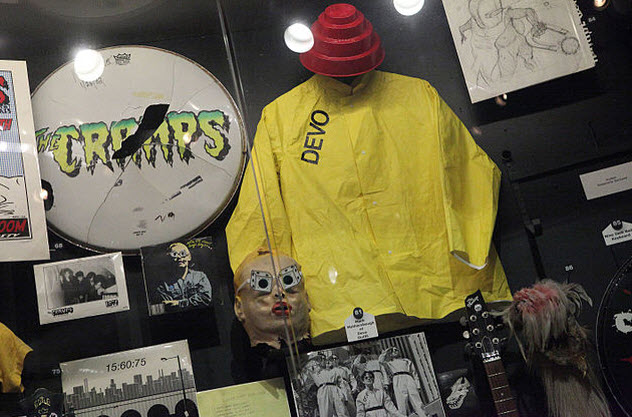
The Kent State massacre was an iconic moment where the government murdered four Kent State students for protesting. It then inspired five other Kent State students to lead their own protest but with jumpsuits and flowerpots.
Embittered by watching two of their friends die, Jerry Casale and Mark Mothersbaugh developed this theory that man was in a state of “devolution.” Taking the first four letters from that theory, they named their band Devo. Their music and image incorporated this belief system.
To counter man’s lack of progress, their music tried to sound futuristic. That is why their first album—Q: Are We Not Men? A: We are Devo!—was “one of the first pop albums to use synthesizers as an important textural element and . . . laid the groundwork for the synth-pop explosion that would follow very shortly.”
Pretty serious stuff for the “Whip It” band.
4 Watergate Inspired One Of The Most Influential Musicals Of All Time
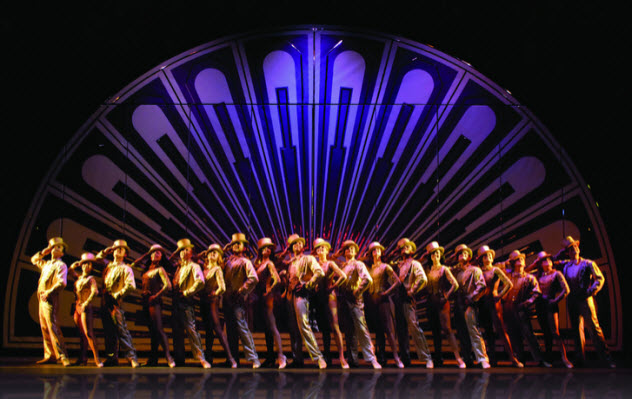
Watergate is the biggest political scandal in US history, but one would think that its legacy is the suffix “gate.” However, its real impact may be on Broadway. As the hearings were broadcast, Michael Bennett watched in disgust. He saw constant lying and wanted to hear the truth.
So he decided to invite some friends, all Broadway dancers, to have a therapy session where people would talk about their lives and the course of the country. These sessions soon lasted longer and exposed more about the friends than was expected. The truth about their lives and their inner thoughts was soon recorded. Those recordings became the basis for A Chorus Line, the longest running musical in Broadway history.
A Chorus Line was a critical and box office smash. In its initial run, it won nine Tony Awards. A Chorus Line generated $277 million in revenue and had 6.5 million Broadway attendees by the time it closed. It continues to be massively popular in revivals and off-Broadway shows.
Its effects on the musical genre are hard to overstate. It revolutionized the musical by adding realism to the genre and changing what themes a musical could explore. It paved the way for darker musicals like Rent, In the Heights, Assassins, and Spring Awakening. Unlike the stylistic musicals that made Broadway famous, it stripped down the lavish productions of the past to deal with the common lives of everyday people.
3 Godzilla Was Modeled After And Inspired By Victims Of Atomic Explosions
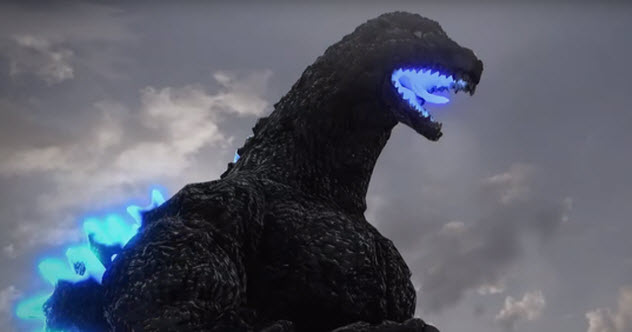
Godzilla is one of the most iconic creations of Japanese cinema. He is beloved by filmgoers and people who like to see stuff blow up. His destructive powers are essential to his identity. With his feet or atomic breath, he can level a city. That is very much intended because Godzilla was created as a protest of nuclear weapons.
The original 1954 movie begins with Godzilla destroying a fishing boat. This was modeled after a tragic event that occurred at the time. On March 1, 1954, the crew members of the Lucky Dragon 5 were too close to one of the largest explosions in human history. The fishing boat had drifted into the waters of the Bikini Atoll where the US was dropping the first hydrogen bomb.
The passengers aboard the vessel survived the heat blast but were exposed to high levels of radiation. All 23 crew members were quarantined. One member, Aikichi Kuboyama, died. Ishiro Honda, the film’s creator, was inspired to make a movie that showed how damaging atomic warfare can be. That is why his monster can knock down buildings and has charred, raised skin like the keloids of Hiroshima victims.
Godzilla’s origin is overt in the original cut of the film. Godzilla awakens inside the Earth after hearing the bombs drop on Hiroshima and Nagasaki. His massive size is due to radiation from the continual bombings over the Marshall Islands. In Japan, Godzilla was synonymous with nuclear protest. However, in the US, those scenes were cut. Fearful of appearing political, the studio just added more background on Raymond Burr’s character.
2 Agatha Christie Learns How To Kill And Write In World War I
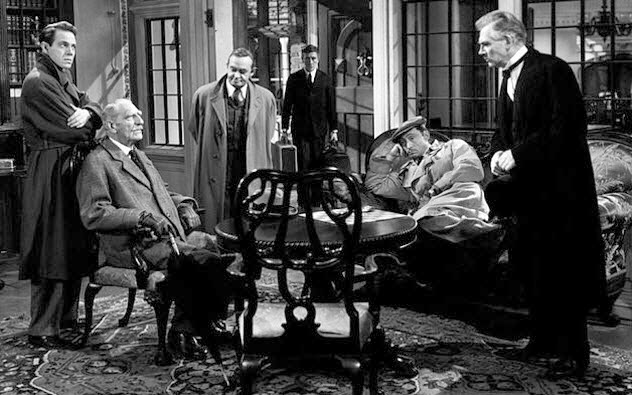
Agatha Christie is certainly the greatest mystery writer of all time and one of the best writers period. Many of the popular tropes of detective stories come from her instantly recognizable works like And Then There Were None and Murder on the Orient Express.
She holds two Guinness World Records. Selling over two billion copies of her books in 44 languages, she is the best-selling author in history. Her play The Mousetrap also holds the record for the longest theatrical run. It has been playing since November 25, 1952.
That exceptional legacy began in the trenches of World War I. Christie served in a hospital dispensary during that war. Present during the painful last moments of many young men, she was turned off by violent deaths.
Her writing shows the emotional effects these bloody deaths had on her. Discouraged from using gruesome methods, her murderers employ more subtle techniques, the most common being poisonings. As a nurse, she had access to different poisons and toxins. This is why there are 83 instances of death by poison in her books.
The dispensary also gave her plenty of time to work on her first novel. Her sister had challenged her to write a mystery novel that one could not easily solve. Sitting around the ward, she had plenty of time to come up with an intricate enough plot. These musings became The Mysterious Affair at Styles—her first mystery novel and the introduction of Hercule Poirot, one of fiction’s most famous detectives.
1 The Ewoks Were Modeled On The Vietcong
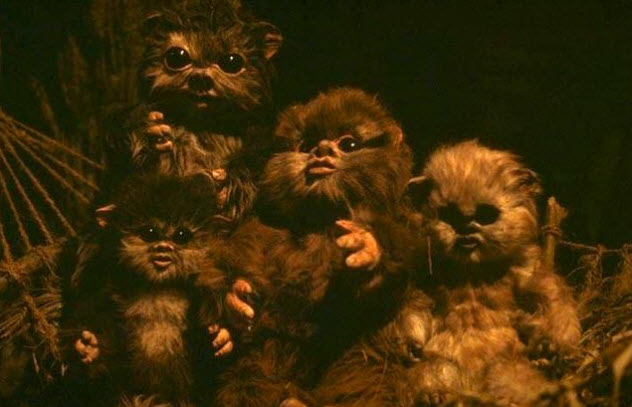
Ewoks were the cute little teddy bears in Star Wars: Return of the Jedi. To some diehard fans, they were the worst part of the original trilogy. Their soft, plush exteriors looked like prime material from which to make squeezable toys. But in the movie, they were barbaric, crafty murderers. No Teddy Ruxpin ever used the helmets of dead soldiers as drums.
This is because the Ewoks were not intended to be toys but rather stand-ins for the Vietnamese. According to George Lucas’s commentary on the 2004 rerelease of Return of the Jedi, he was inspired by the resourcefulness of the Vietnamese soldiers in the Vietnam War.
The similarities between the two are clear. Both the Ewoks and the Vietnamese were small bands of locals who used their limited resources and heavy vegetation to bring down a militaristic empire. Swapping out the forest moon of Endor for the swampy jungles of Vietnam, the comparison becomes obvious.
Nate Yungman hopes this list was not a disaster. You can send your comments to his email at [email protected].





